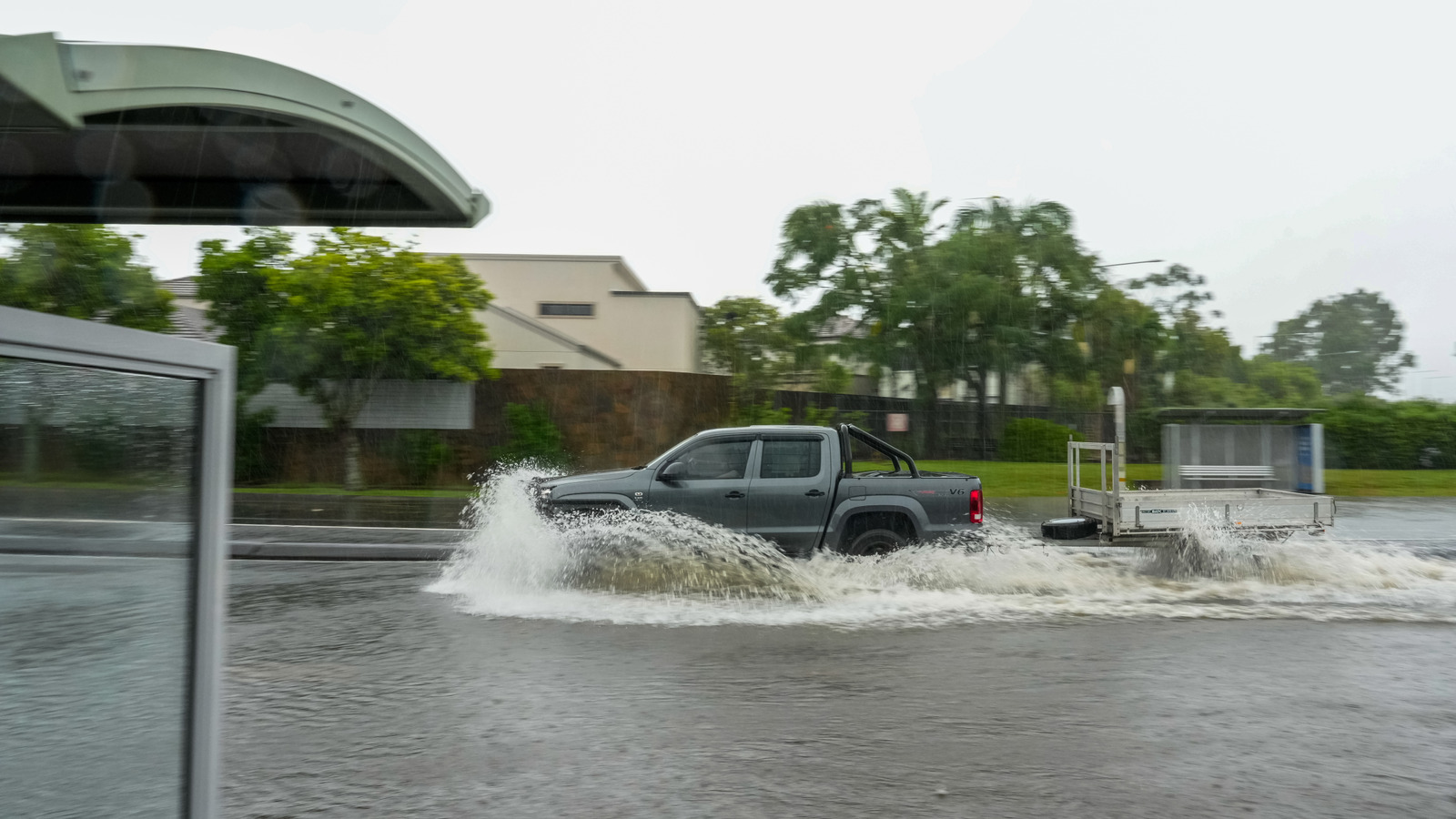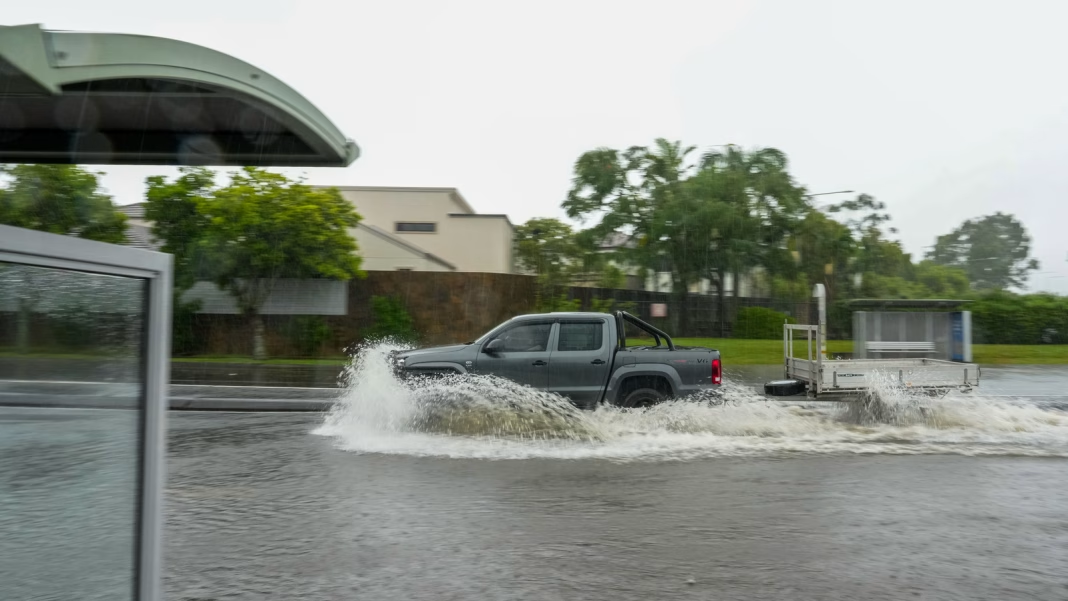Is It Ever Safe to Drive Through Flooded Roads?
Let’s cut straight to the chase: driving through a flooded road is never safe. Not sometimes, not if you’re in a big truck, not if you’re late for work. There’s a reason emergency services and safety experts repeat this advice like a broken record—because the risks are real, and the consequences can be devastating.
Why Even Shallow Water Can Be Dangerous
It’s easy to underestimate just how powerful water can be. Most people assume that if the water looks shallow, it’s probably fine to cross. Here’s the reality: as little as six inches of moving water can knock you off your feet, and just a foot of water can sweep away a small car. SUVs and trucks aren’t immune, either—two feet of water is enough to carry away most vehicles, no matter how tough they look.
The problem isn’t just depth, but force. Water moving across a road can hide dips, potholes, or even sections where the pavement has been washed away entirely. You might think you’re driving over solid ground, but in reality, there could be nothing but a churning mess beneath your tires.
What Happens to Your Car in Floodwater?
Modern cars are marvels of engineering, but they’re not designed to be boats. When water gets sucked into the engine’s air intake, it can cause what’s called hydrolock—essentially, the engine seizes up, often resulting in catastrophic (and expensive) damage. Electronics short out. Brakes become unreliable. Even if you make it through, your car could be left with lingering electrical gremlins or moldy interiors.
And that’s if you’re lucky. According to the National Weather Service, more than half of all flood-related drownings occur when a vehicle is driven into hazardous floodwater. It’s not just about your car—it’s about your life.
Why You Can’t Judge Floodwater by Sight Alone
Floodwater is murky for a reason. It’s full of debris, mud, and sometimes even raw sewage. You can’t see what’s lurking beneath the surface. Maybe it’s a downed power line, a sharp object, or a sinkhole that’s opened up where the road used to be. Even if you’ve driven that road a hundred times, everything changes when it’s underwater.
There’s also the issue of current. Water moving at just 6 miles per hour exerts the same force per unit area as wind blowing at nearly 200 miles per hour. That’s hurricane-level power, focused right at your car’s tires.
What If You’re in a Hurry or There’s No Other Route?
Emergencies happen. Maybe you’re trying to get home to your family, or you’re worried about missing an important appointment. The temptation to “just go for it” can be strong, especially if you see other drivers making it through.
Here’s the thing: just because someone else tries it doesn’t mean it’s safe. Every year, first responders risk their lives rescuing people who thought they could make it. The best move? Turn around and find another way, even if it takes longer. Your safety—and the safety of those who might have to rescue you—is worth the detour.
What Should You Do Instead?
If you encounter a flooded road, stop and turn around. Look for official detours or higher ground. If you’re already caught in rising water, abandon your vehicle and get to safety if you can do so without putting yourself at greater risk. And if you’re unsure, call local authorities for guidance—they’d much rather answer a question than mount a rescue.
The Big Takeaway
Flooded roads aren’t about taking chances or trusting your instincts—they’re about respecting the raw power of nature. The big takeaway? Staying safe isn’t about perfection—it’s about smarter adjustments. Next time you see water over the road, turn around instead of pushing through. Start with that one change, and you’ll likely spot the difference by month’s end—in peace of mind, and maybe even in lives saved.


